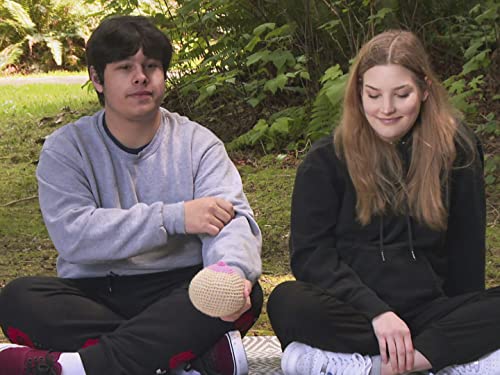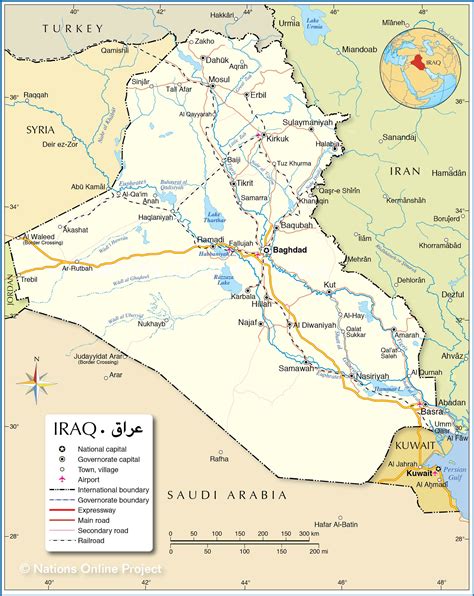How To Write A Cover A Letter
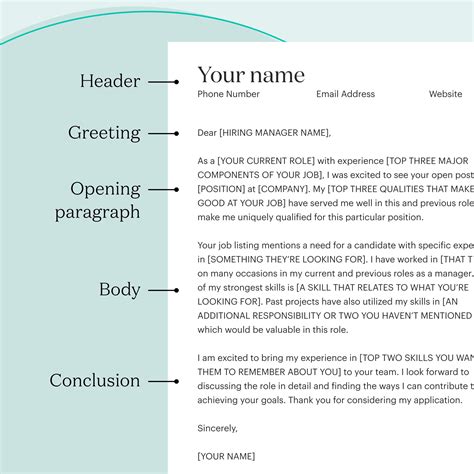
Writing a cover letter is an essential part of the job application process, as it provides an opportunity to introduce yourself, highlight your skills and qualifications, and showcase your suitability for a specific role. A well-crafted cover letter can set you apart from other candidates and leave a lasting impression on hiring managers. In this comprehensive guide, we will delve into the art of writing an effective cover letter, offering expert insights and practical tips to help you stand out and secure that dream job.
Understanding the Purpose of a Cover Letter
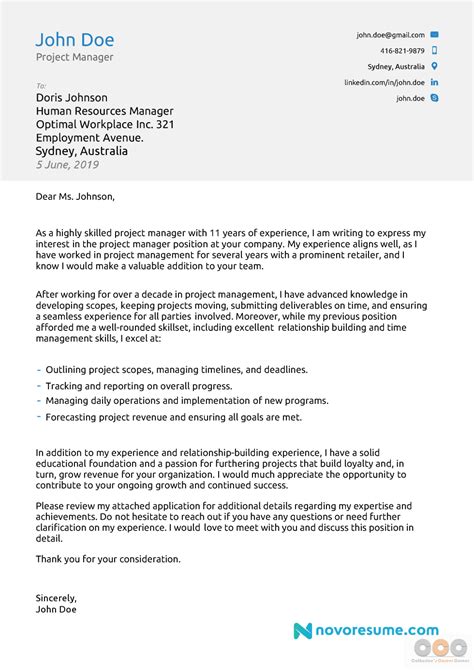
A cover letter serves as a personalized introduction, allowing you to showcase your unique qualities and how they align with the requirements of the position you are applying for. It goes beyond your resume by providing context, demonstrating your interest in the role, and giving you a chance to elaborate on your most relevant experiences and achievements.
When crafting your cover letter, keep in mind that it should complement your resume and not merely repeat the information it contains. Instead, use this opportunity to showcase your communication skills, passion for the field, and how your background makes you an ideal fit for the company and the role.
Research and Preparation: The Key to a Successful Cover Letter
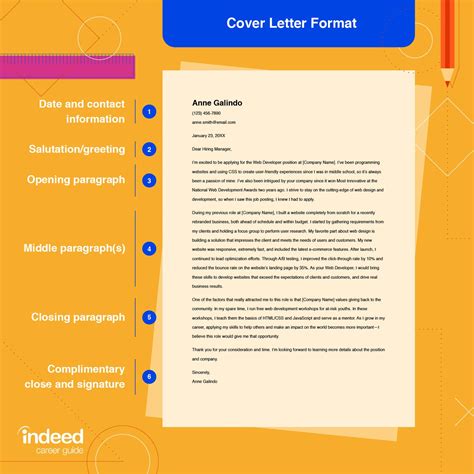
Before you begin writing, it is crucial to conduct thorough research about the company, the specific role you are applying for, and the industry as a whole. Understanding the company’s mission, values, recent projects or initiatives, and any notable achievements or challenges they have faced will enable you to tailor your cover letter to their unique needs.
Take the time to explore the job description carefully. Identify the key requirements, responsibilities, and desired skills. Highlight the aspects of your background that align with these criteria and consider how your experiences and qualifications can contribute to the company's success.
Key Elements to Include in Your Cover Letter
A compelling cover letter typically consists of several key elements:
- Introduction: Begin by introducing yourself and expressing your enthusiasm for the position. Briefly mention how you learned about the opportunity and why you are interested in the company.
- Body Paragraphs: This is where you showcase your relevant skills, experiences, and accomplishments. Tailor each paragraph to highlight how your background aligns with the job requirements. Use specific examples and quantifiable achievements to demonstrate your value.
- Closing Paragraph: Summarize your key qualifications and reiterate your interest in the role. End with a strong call to action, such as inviting the hiring manager to contact you for an interview or further discussion.
Throughout your cover letter, maintain a professional tone while infusing your unique voice and personality. Avoid overly formal or stuffy language, and strive for a conversational style that showcases your communication skills.
Formatting and Presentation: Making a Professional Impression
The appearance of your cover letter is just as important as its content. Here are some formatting tips to ensure your cover letter makes a professional impression:
- Font and Font Size: Choose a clean and easily readable font, such as Arial, Calibri, or Times New Roman. Stick to a font size between 10 and 12 points.
- Margins and Spacing: Maintain consistent margins (typically 1 inch) and adequate spacing between paragraphs to enhance readability.
- Length: Keep your cover letter concise, aiming for one page. Focus on quality rather than quantity, ensuring every word counts.
- Alignment: Use left alignment for a clean and professional look. Avoid centering text, as it can make your cover letter appear less structured.
- Header and Contact Information: Include your full name, professional email address, phone number, and physical address (if relevant) at the top of your cover letter. Ensure these details are identical to those on your resume.
Consider using a cover letter template to ensure a professional layout, but be sure to customize it to fit the specific job and company you are applying for. Remember, a well-formatted cover letter demonstrates your attention to detail and respect for the hiring process.
Personalization: Tailoring Your Cover Letter for Maximum Impact
One of the most critical aspects of writing an effective cover letter is personalization. Hiring managers appreciate cover letters that demonstrate a genuine interest in the company and the role, rather than generic, one-size-fits-all applications.
Here's how you can personalize your cover letter:
- Use Company-Specific Language: Incorporate keywords and phrases from the job description and the company's website or marketing materials. This shows that you have a deep understanding of their needs and have taken the time to align your skills with their requirements.
- Highlight Company-Relevant Achievements: If you have experience or projects that align with the company's current initiatives or challenges, be sure to highlight them. This demonstrates your potential value and how you can contribute to their success.
- Address Specific Pain Points: If the job description mentions any challenges or areas of improvement, address them in your cover letter. Show how your skills and experiences can help overcome these obstacles and contribute to the company's growth.
By personalizing your cover letter, you not only showcase your suitability for the role but also demonstrate your enthusiasm and commitment to the company's success. This level of customization can significantly increase your chances of landing an interview.
Writing Tips and Strategies for an Effective Cover Letter

Here are some additional tips and strategies to enhance the effectiveness of your cover letter:
- Use Action Verbs: Begin your sentences with strong action verbs to showcase your accomplishments and impact. For example, instead of saying "I was responsible for...," try "Led and implemented a successful..."
- Quantify Your Achievements: Whenever possible, provide specific numbers or percentages to quantify your achievements. This adds credibility and showcases the tangible impact of your work.
- Use a Storytelling Approach: Share a brief anecdote or story that highlights your skills and experiences. This makes your cover letter more engaging and memorable, helping you stand out from other candidates.
- Address the Hiring Manager: If possible, address your cover letter directly to the hiring manager or recruiter. This adds a personal touch and demonstrates your initiative in researching the company.
- Edit and Proofread: Thoroughly edit and proofread your cover letter to ensure it is free of errors and typos. Consider using grammar and spell-checking tools, but also have a fresh pair of eyes review it for clarity and effectiveness.
Remember, a well-written cover letter is a powerful tool in your job search arsenal. It allows you to showcase your unique skills, experiences, and personality, setting you apart from other candidates and increasing your chances of landing that dream job.
Cover Letter Template and Sample
Here's a sample cover letter template to guide you through the writing process:
Your Name
Your Professional Email Address
Your Phone Number
Your Physical Address (if relevant)
Date
Hiring Manager's Name
Company Name
Company Address
Subject: Application for the [Job Title] Position
Dear [Hiring Manager's Name],
Introduction: Express your enthusiasm for the position and briefly mention how you learned about the opportunity. Highlight a specific aspect of the company or role that resonates with you.
Body Paragraphs: Showcase your relevant skills and experiences. Use specific examples and quantify your achievements whenever possible. Demonstrate how your background aligns with the job requirements and the company's needs.
Closing Paragraph: Summarize your key qualifications and reiterate your interest in the role. Express your enthusiasm for the opportunity to contribute to the company's success and invite the hiring manager to contact you for further discussion.
Sincerely,
[Your Name]
Common Cover Letter Mistakes to Avoid
To ensure your cover letter makes a positive impression, avoid these common mistakes:
- Generic Cover Letters: Resist the temptation to send the same cover letter to multiple companies. Personalize each letter to showcase your genuine interest and alignment with the specific role and company.
- Excessive Wordiness: Keep your cover letter concise and focused. Avoid unnecessary fluff or repetitive language. Ensure every word contributes to showcasing your skills and suitability for the role.
- Lack of Proofreading: Always proofread your cover letter for errors and typos. A single mistake can undermine the impression you are trying to create.
- Forgetting to Include a Call to Action: End your cover letter with a strong call to action, inviting the hiring manager to take the next step, such as setting up an interview or requesting additional information.
Conclusion: Crafting the Perfect Cover Letter
Writing an effective cover letter requires a combination of research, personalization, and strategic storytelling. By understanding the purpose of a cover letter, conducting thorough research, and tailoring your content to the specific role and company, you can create a compelling introduction that showcases your unique value and leaves a lasting impression on hiring managers.
Remember, a well-crafted cover letter is an essential tool in your job search toolkit. It provides you with an opportunity to showcase your skills, experiences, and passion for the field, setting you apart from other candidates and increasing your chances of landing that dream job. So, take the time to write a cover letter that truly reflects your potential and watch your career aspirations take flight.
What is the ideal length for a cover letter?
+A cover letter should typically be one page in length. Keep it concise and focused, ensuring every word counts. Avoid excessive details or unnecessary fluff.
How should I address the hiring manager if I don’t know their name?
+If you don’t know the hiring manager’s name, you can use a general greeting such as “Dear Hiring Manager” or “To Whom It May Concern.” However, try to find out the name through online research or by contacting the company directly.
Should I include my salary expectations in the cover letter?
+It is generally not recommended to include salary expectations in your cover letter. Instead, focus on showcasing your skills and qualifications. Salary negotiations are typically handled during the interview process.

